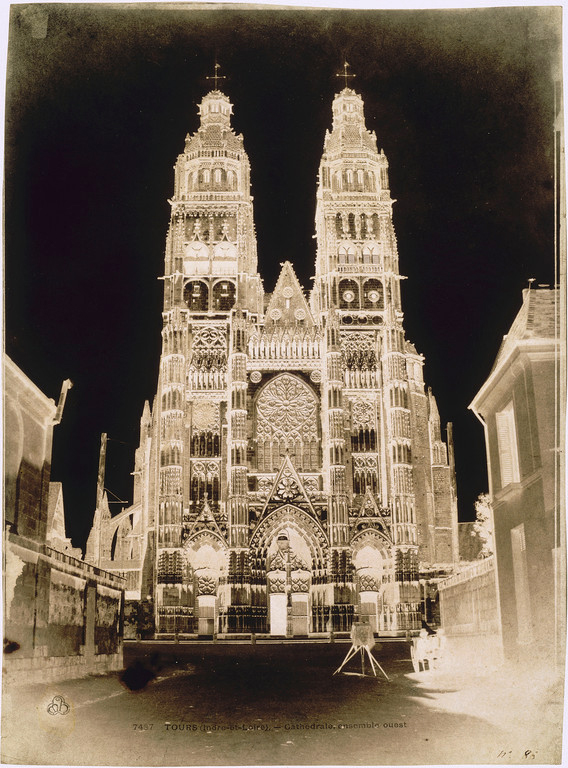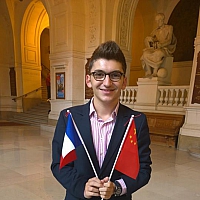
FACADE OF THE CATHEDRAL OF SAINT-GATIEN, TOURS (1951). © Gustave Le Gray and Auguste Mestral / RMN-Grand Palais / Art Resource, NY
Getty Museum The Getty 1200 Getty Center Drive, Suite 403 CA 90049 Los Angeles États-Unis
In the shadow of the political revolutions of 1848, an artistic revolution was also brewing in France within the young medium of photography. An unprecedented period of creativity and discovery among photographers emerged between the first French announcement of a paper negative process in 1847 and more mechanical processes for photographs in the 1860s, sparking debates about photography’s prospects in the divergent fields of art and science.
Organized around the Getty Museum’s rich holdings of early French photography and supplemented with important international loans, Real/Ideal: Photography in France, 1847-1860, on view August 30-November 27, 2016 at the J. Paul Getty Museum, Getty Center, highlights the work of four pioneering photographers—Édouard Baldus (1813‑1889), Gustave Le Gray (1820-1884), Henri Le Secq (1818-1882), and Charles Nègre (French, 1820-1880)—alongside other artists who championed the paper and glass negative and contended with photography’s unprecedented “realism.”
.jpg)
DRAPED MODEL (ABOUT 1854) © Jean-Louis-Marie-Eugène Durieu / J. Paul Getty Museum
“This exhibition tells a pivotal story about a short period—some 12 years—in the early history of photography; one that the Getty is uniquely positioned to tell given our extensive holdings of nineteenth-century French photographs,” explains Timothy Potts, director of the J. Paul Getty Museum. “It is also an opportunity to showcase – for the first time – an important, recent acquisition of paper negatives from the collection of Jay McDonald. The exhibition sheds light on the freedom that early photographers enjoyed as they explored new means for developing images, and as they balanced the ‘real’ recording of the world as it is with the ‘ideal,’ creative possibilities of the medium.”
Press release Getty Museum



